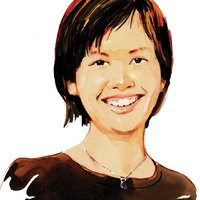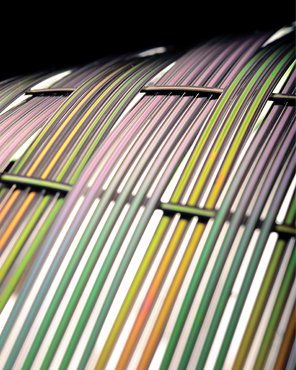Nanotechnology & materials
Zheng Wang
Slowing light to help chips cope with optical data

Europe
Matthieu Sonnati
Eco-friendly and fast-drying paints made with biological material

Latin America
Nadim Morhell
A new diagnostic tool to measure neonatal blood viscosity

Global
Joyce Poon
A tiny roller coaster for light could help keep data centers cool

Latin America
Ana Laborde
Sustainable bio plastics made from tequila waste products
